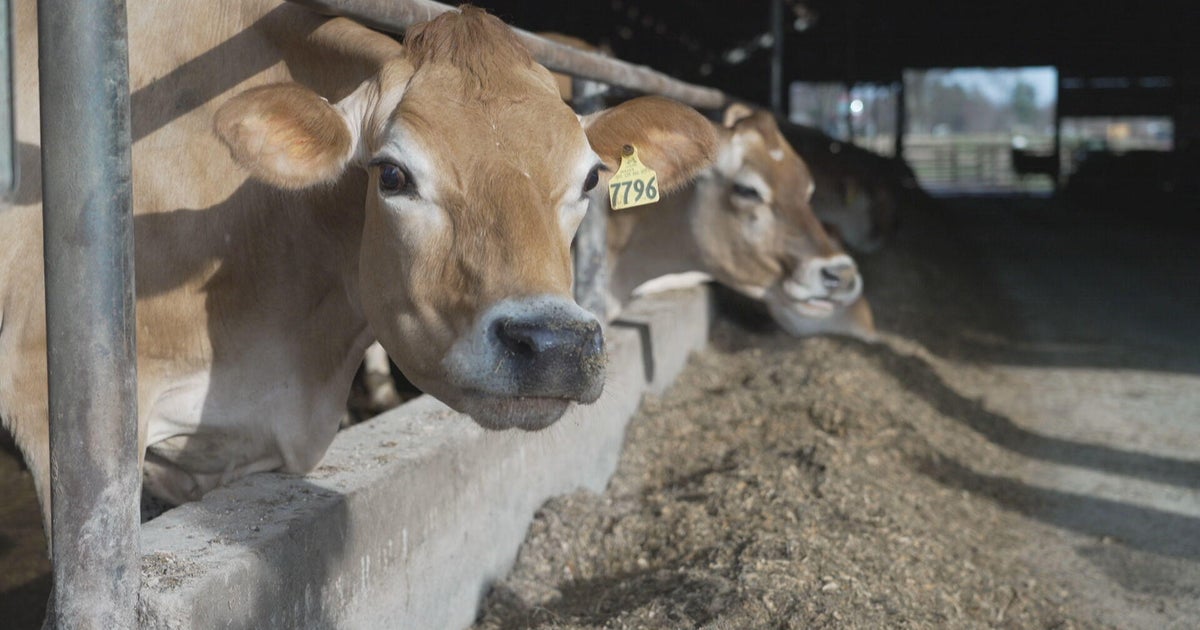U.S. economy slowed slightly in second quarter
- The U.S. economy grew at a rate of 2% in the second quarter, substantially slower than the first quarter and a tick weaker than the government's initial estimate for the period.
- Declining business investment was the main driver for the slowdown, while robust consumer spending added to growth.
- Most economists expect growth to hover around 2% through year-end. held back by the White House's trade policy and slowing global expansion.
The U.S. economy grew more slowly in the spring, as lower levels of business investment cancelled out robust consumer spending. Many economists expect this trend to continue, dragging growth further down for the rest of the year.
The gross domestic product, the broadest gauge of economic activity, grew at a moderate 2% annual rate in the April-June quarter, the Commerce Department said Thursday. That's down from a 3.1% gain in the first quarter. The estimate is a tick lower than the government's initial estimate a month ago of 2.1% annual growth.
One encouraging sign is that consumer spending, which drives about 70% of growth, accelerated last quarter at the fastest pace in nearly five years. At the same time, business investment, which has weakened in the face of President Donald Trump's trade wars, was revised lower and subtracted from growth in the April-June period.
The president has pledged to achieve GDP growth at annual rates of 3% or better. But economists predict that GDP, which hit 2.9% growth last year, to slow sharply. The expectation is that annual growth in the current July-September quarter is slowing to around 1.8% and that the pace in the October-December quarter will be similar.
For all of 2019, economists estimate that GDP will slow to around 2.2% and then drop to below 2% in 2020.
"The U.S. economy was in good shape in the second quarter, but the outlook has changed substantially in the third quarter, with the economy set for slower growth in the near term," Gus Faucher, chief economist at PNC, said in a note.
Lower exports, less government spending
The biggest factor in the government's downward revision for the April-June quarter was a smaller gain in spending by state and local governments and fewer export sales. American exports have been hurt by the retaliatory tariffs China and other countries have imposed on U.S. soybeans and other products. That drop was offset by the increase in consumer spending to a rate of 4.7%, up from an initial estimate of 4.3%.
Business investment spending turned negative in the second quarter, falling at a 0.6% annual rate, which many economists believe occurred because of the trade wars increasing business uncertainty about the future.
A slowdown in annual growth to 2.2% would be near the 2.3% annual gains seen since the decade-long expansion began in June 2009. The recovery became the longest in U.S. history last month but analysts have begun to worry whether trade wars, plunging stock markets and such factors as an inverted yield curve might be signaling growing risks of a recession.
Mark Zandi, chief economist at Moody's Analytics, said he is not forecasting a recession in the next 18 months but said one can't be ruled out, with the greatest risk coming from the U.S. trade war with China.
"If the president continues to ratchet up the rhetoric and his tariffs on China, it will continue to unnerve business people who are already being more cautious with their investment plans," Zandi said. "The risks of going into a recession are high if the president keeps escalating his trade war."
In a separate report Thursday, the Labor Department said that the number of Americans filing claims for unemployment benefits, seen as a good proxy for layoffs, rose by 4,000 last week to a still-low 215,000. Economists believe this weekly indicator will be one of the first signs if the economy is starting to falter.



